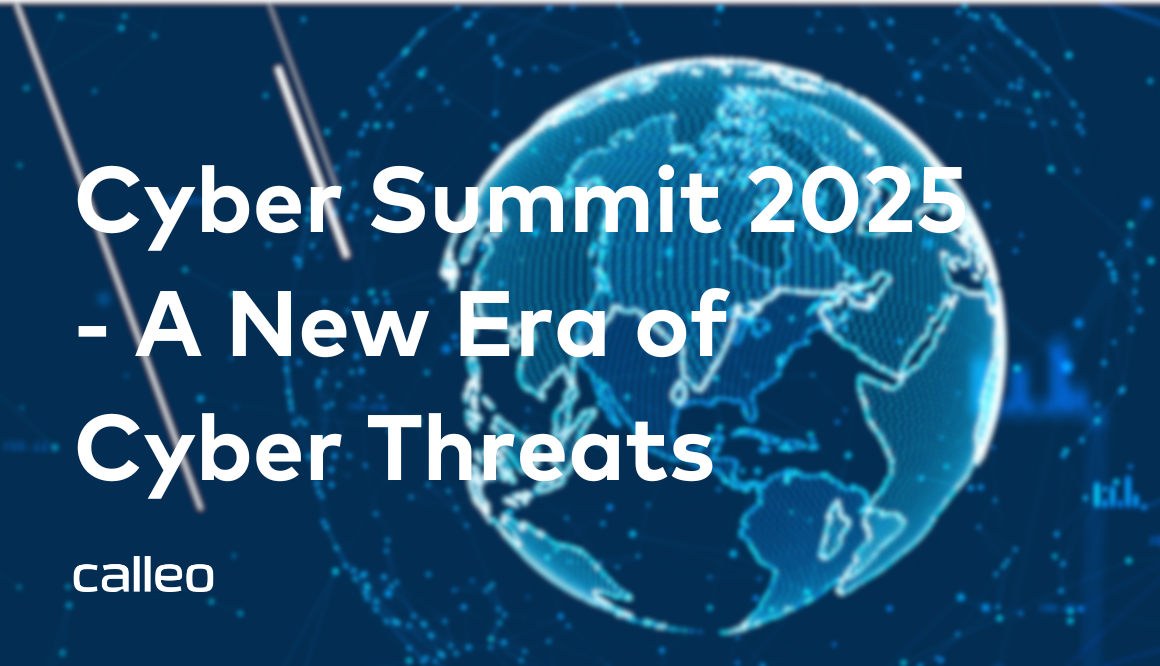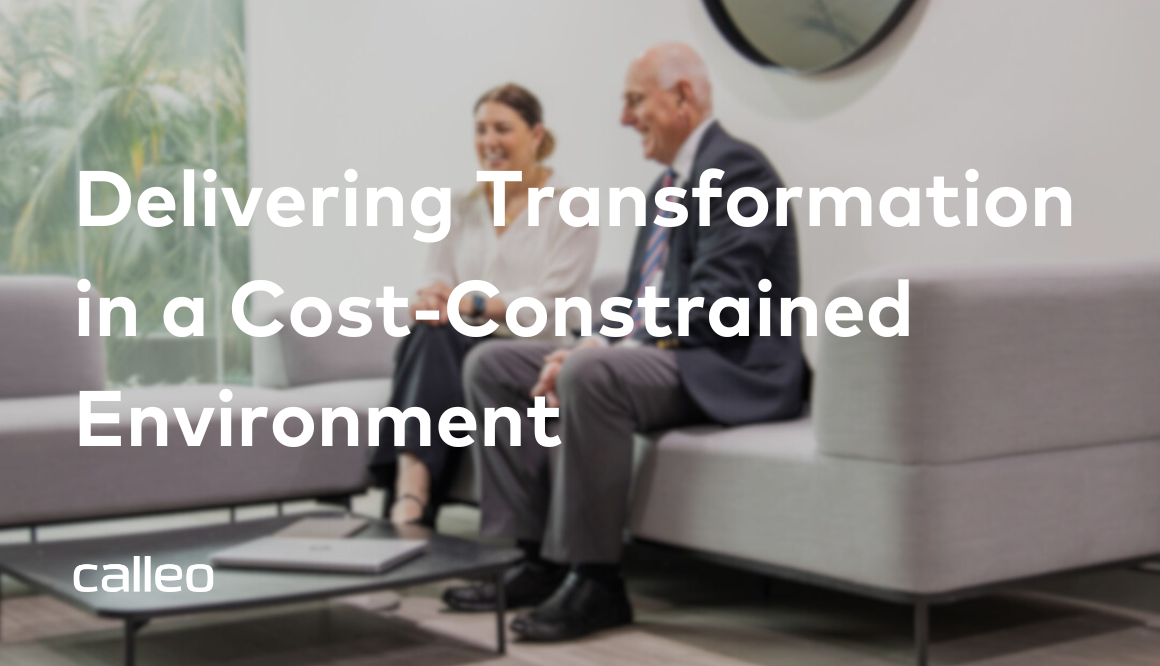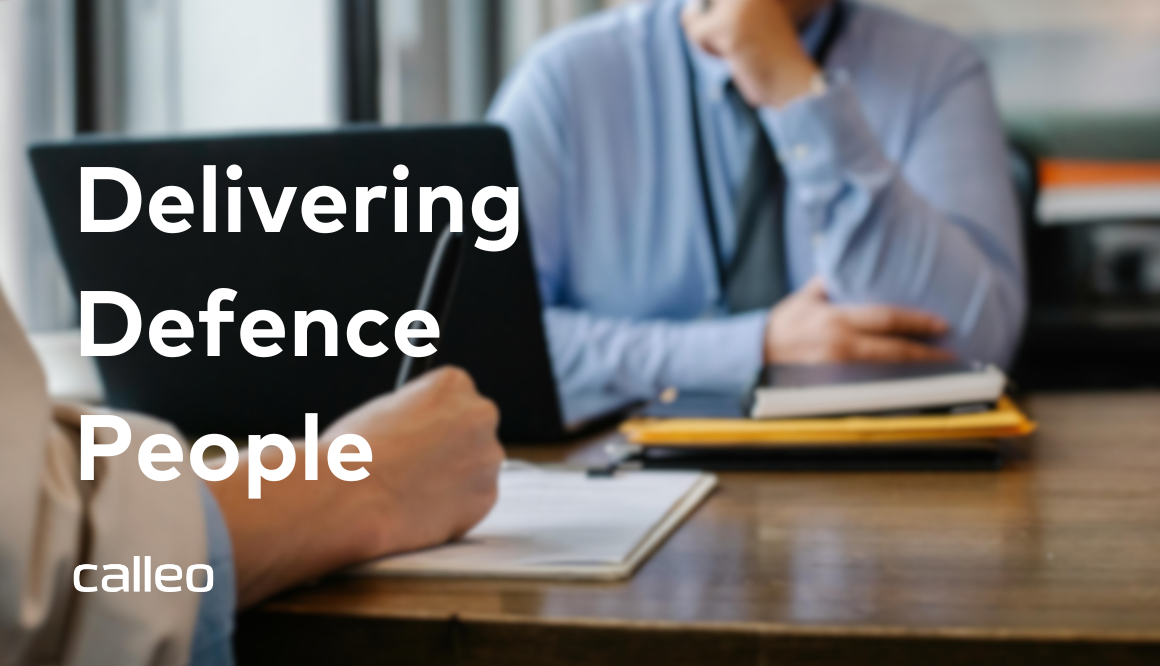TechUplift 2025: Building a Future-Ready Cyber and AI Workforce
The conversations at TechUplift 2025 left no doubt - Australia is facing a pivotal moment. As the adoption of AI and cybersecurity technology accelerates, so too does the need for a workforce, policy environment, and infrastructure that can support it.
Held by the ACS, TechUplift brought together leaders from Defence, Government, Industry, and Academia to explore how Australia can build resilience in a high-threat world, navigate AI disruption, and build sustainable digital capability, fast. Here are the key takeaways from our team.
List of Services
-
Cyber Resilience - Lessons from Estonia’s ModelList Item 1
Estonia, one of the most digitally advanced (and attacked) nations in the world, provided a compelling case study for Australia’s cyber strategy.
Keersti Eesmaa, former Estonian Ambassador to Australia and Managing Director of WorkPath Australia, unpacked Estonia’s whole-of-government approach, centred on three core pillars:
- Embedding cyber specialists in every government department to ensure real-time collaboration and knowledge sharing.
- Establishing a dedicated, centralised cybersecurity agency.
- Actively partnering with industry and investing in talent pipelines - starting as early as primary school.
What stood out most was Estonia’s cyber reserve program, designed and funded not by the Education Department, but by the Department of Defence. It reflects a national security mindset where cybersecurity is treated as a strategic capability, not just a technical issue.
-
The Rise of AI in CybersecurityList Item 2
Tracy Malmborg from the Australian Signals Directorate addressed one of the biggest tensions facing cyber leaders today: AI is both a threat and a shield. In the current geopolitical climate, adversaries are using AI to exploit vulnerabilities faster and more creatively than ever before - malicious use of generative tools and poisoned data are just the beginning.
But AI is also becoming the defender’s most valuable tool. Tracy highlighted that:
- AI-enabled monitoring systems detect anomalies far more accurately than humans.
- These systems run 24/7 without fatigue - unlocking scale and consistency.
- Future use cases will see AI systems detecting, isolating, and neutralising threats without human intervention.
This shift toward human-out-of-the-loop responses represents the next evolution in defence-grade cyber operations.
-
A New Era for Government ITList Item 3
Retired Major General Murray Thompson offered a compelling vision for the future of AI in the Australian public sector. He shared that over 80% of AI use in enterprise is currently unapproved or unmanaged, and more than 65% of programmers are already using AI to assist in production-level work.
His prediction? A leaner public service powered by automated service delivery, enabled by shared digital infrastructure.
- Drawing comparisons to Sweden - with a population of 10.5 million and just 4,500 public servants, compared to Australia with a population of 26.6 million and 200,000 public servants - Thompson proposed a Shared Infrastructure Services model. In this model:
- Infrastructure would be centralised to reduce the threat surface.
- Departmental IT teams would focus on building application layers, not duplicating infrastructure.
It’s a bold idea that echoes what many in the room were already thinking: Australia’s digital future will require radical simplification.
-
The AI Imperative: Adapting or Falling BehindList Item 4
Tim Hogarth, CTO at ANZ, shifted the focus to the business world - where AI is no longer an emerging technology but a mainstream reality. He challenged leaders to stop viewing AI as optional. In his words, “not moving with AI is now the risk.”
Tim made the case that consumer AI has already normalised usage across everyday tools:
- Smartphones (predictive text, enhanced cameras)
- Apps (recommendation engines, chatbots)
- Smart home devices (automated lighting, security, thermostats)
All organisations need to move from discussion to deployment. AI adoption is simply survival in an increasingly automated, data-driven market.
-
Panel Discussion: AI, Cyber and Real-Time Decision Making
A standout panel featuring leaders from Home Affairs, Defence Digital Group and ASD explored the practical integration of AI into defence and government environments.
Key points included:
- The role of human oversight: While AI can process data and identify threats faster than any human team, human-in-the-loop frameworks remain essential for trust and accountability.
- Data overwhelm: There’s simply too much data for humans to manage - AI is essential to scale and surface insights.
- Job market shifts: Instead of waiting for degrees to catch up, departments are reskilling existing talent (e.g., software engineers becoming AI engineers) to meet demand.
They advised that organisations partner with industry, invest in upskilling, and build flexible pipelines that evolve as the technology does.
Final thoughts
One clear message echoed throughout TechUplift 2025: technology is moving fast - but our systems, policies, and workforce must move faster.
From early education and reskilling to shared infrastructure and AI monitoring, the tools are here. What’s needed now is alignment, urgency, and investment in the people who will shape and secure Australia’s digital future.











